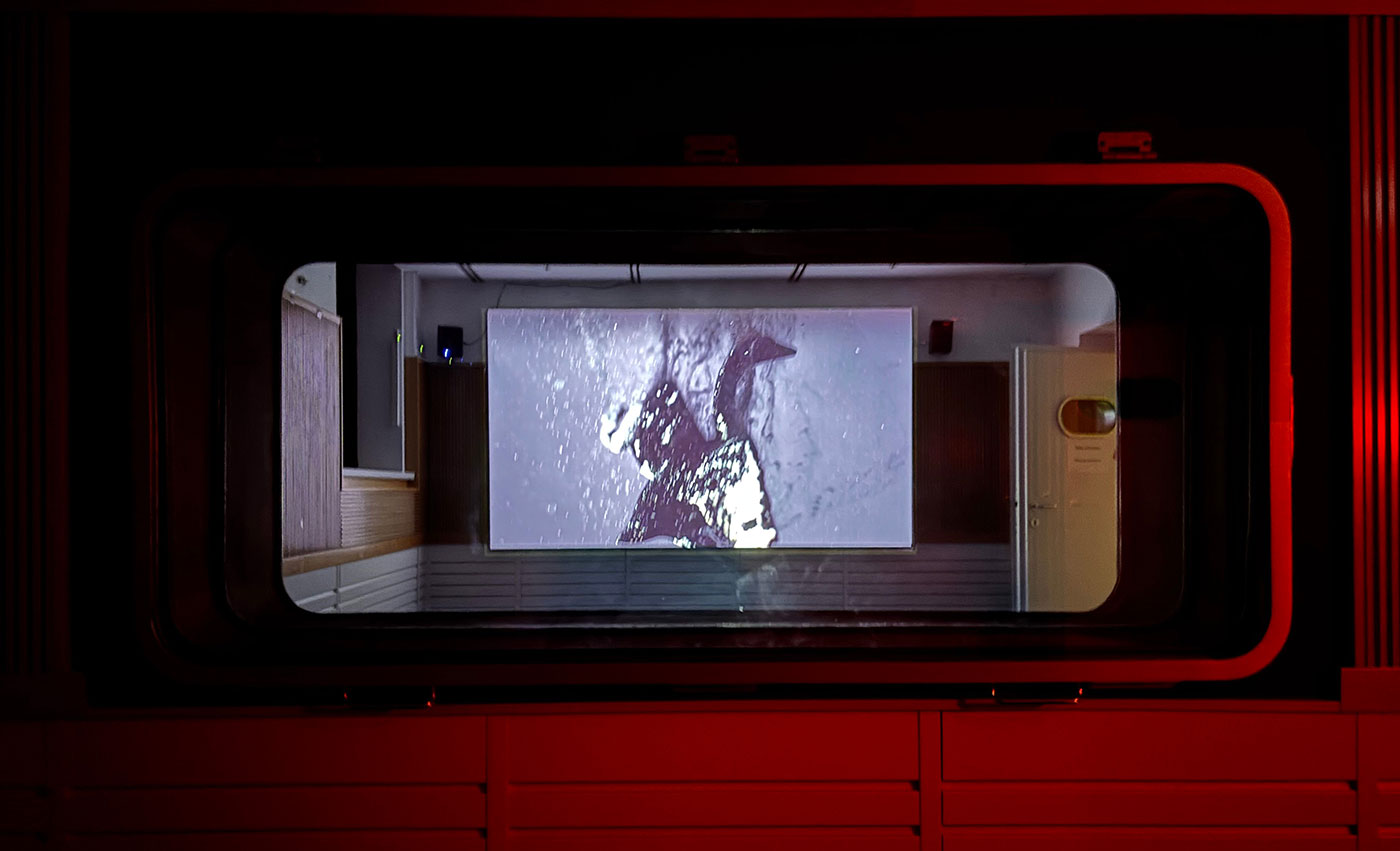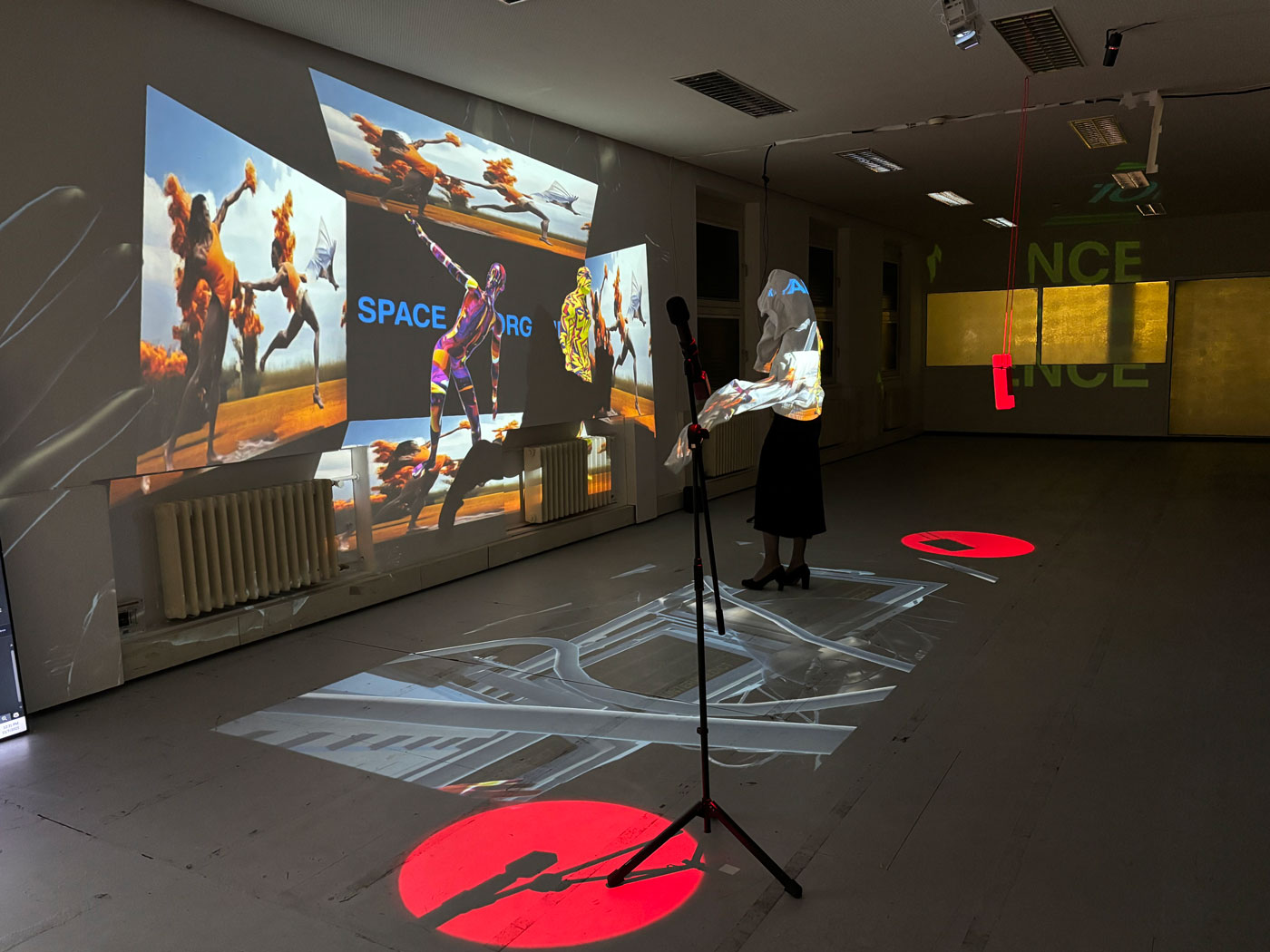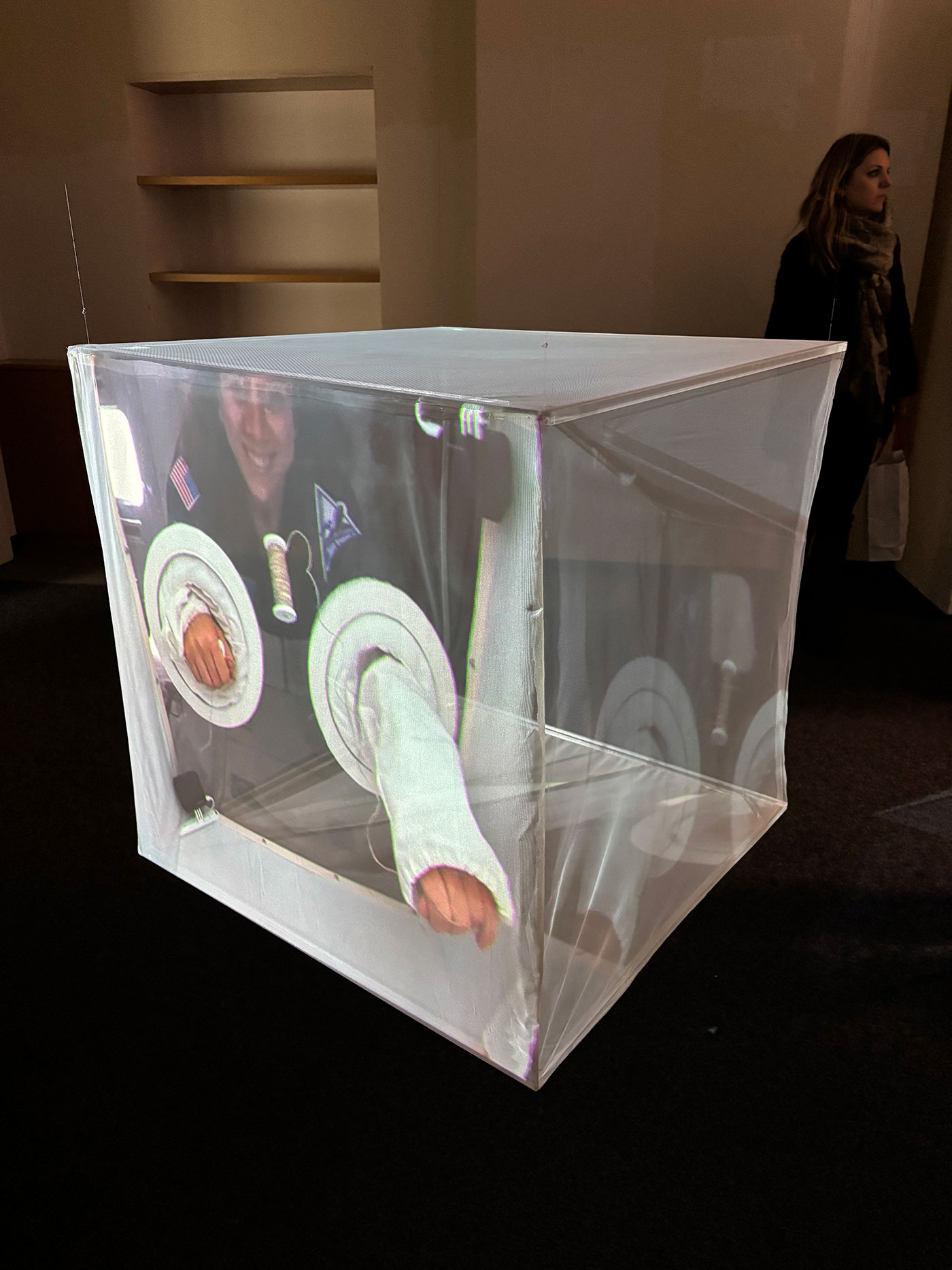
“House of Learning Systems” is at the Funkhaus, Vienna Art Week, November 7-14, 2025

We started to think of what produces ungovernable forces that can be seen only by way of their effects. This is why we started getting feathers and fluids and images of swans and other sculptures to drop into water, then see what happens once they’re in these situations that are intrinsically ungovernable. We were trying to set the conditions in a Studio/Lab situation that would not illustrate Taleb, but would serve as an alibi to the theory. (Patricia Olynyk, Artist)

For me, the interest is to show that, yes, we can unravel part of it. Most importantly, we can intervene, even in small measures. It’s not something that is coming from above. It’s something that comes from us as humanity and everyone can be empowered to intervene and change the direction of these technologies, because they’re our technologies. (Eva Davidova, Artist)

How does learning emerge? Learning is something that’s a process, it is not something you simply hear and you learn. No, it is an ongoing thing. It is something you also internalize, but then is so difficult to undo. How those systems emerge, how we create those systems, how we learn about those systems, and what is the possibility of thinking differently about those systems? (Işın Önol, co-curator, House of Learning Systems)
Will Corwin is an artist and writer from New York. He has written for Frieze, ArtPapers, and Art & Antiques, among others and writes regularly for the Brooklyn Rail and The OG Magazine. He is represented by Geary Contemporary Gallery.

